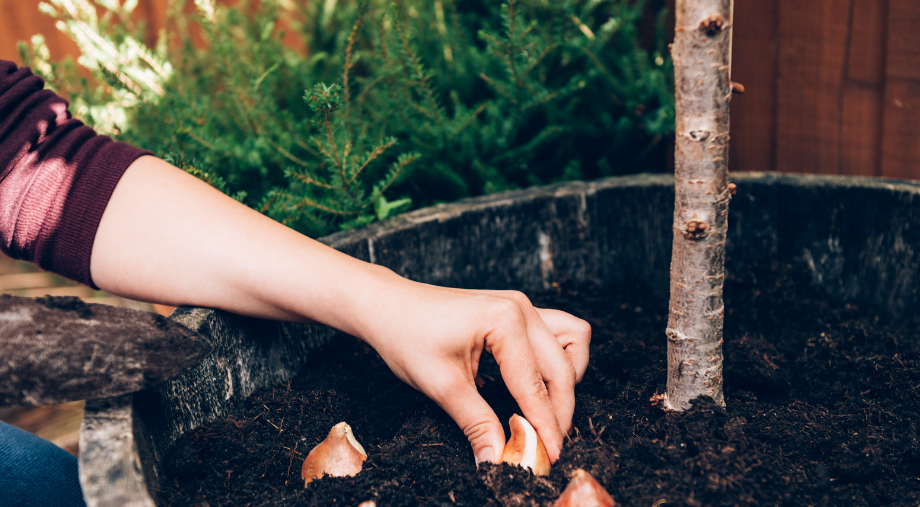Preparing Your Garden for the Changing Season: Autumn Essentials
- Jo Maltby
- Oct 23, 2024
- 3 min read
As the vibrant hues of summer give way to the golden tones of autumn, it's time to prepare your garden for the changing season. The cooler temperatures and shorter days bring new challenges, but they also present an opportunity to ensure your garden thrives throughout the colder months. Here are some essential tips for preparing your garden in autumn to ensure it remains healthy and beautiful.
Tidy Up Your Garden Beds
Autumn is the perfect time to clear away the remnants of summer. Begin by removing any dead plants, spent annuals, and fallen leaves from your garden beds. This helps to prevent pests and diseases from taking hold over winter. Be sure to compost healthy plant material, but discard anything that may be diseased to avoid spreading problems next year.
Prune and Trim Back
Now is a good time to prune back perennials that have finished flowering. Cut back plants like lavender, hydrangeas, and roses to tidy their appearance and encourage healthy growth next season. However, avoid heavy pruning of shrubs that bloom on old wood, as this could reduce next year’s flowers. You can also trim hedges and bushes for a neat finish before winter sets in.
Plant Spring Bulbs
Autumn is the ideal season to plant spring-flowering bulbs such as daffodils, tulips, crocuses, and hyacinths. These bulbs need a cold period to establish strong roots, so getting them in the ground before the frost arrives is key. Plant them in well-drained soil, at a depth around two to three times the height of the bulb, for a delightful display of colour in early spring.
Protect Delicate Plants
Many plants are vulnerable to cold and frost, so it’s important to give them some extra care. Move tender plants like fuchsias or pelargoniums into a greenhouse or indoors before the first frost. For those that are too large to move, wrap them in horticultural fleece or bubble wrap to provide insulation and keep them safe during winter.
Mulch and Compost
Mulching your garden beds in autumn is an effective way to protect plant roots from extreme cold and retain moisture in the soil. A layer of organic matter such as compost, bark chips, or well-rotted manure will help regulate soil temperature, suppress weeds, and enrich the soil for the next growing season. Apply mulch around the base of trees, shrubs, and perennials, but leave some space around the stems to prevent rot.
Prepare Your Lawn
Autumn is an important time for lawn care. Start by raking up fallen leaves to prevent them from smothering the grass. This is also a good time to aerate your lawn, allowing air, water, and nutrients to penetrate deep into the soil. If your lawn is looking patchy, consider overseeding with a mixture of grass seed to encourage new growth. Finally, apply an autumn fertiliser high in potassium to strengthen the roots for the winter ahead.
Clean and Store Garden Tools
As your garden tasks wind down, take the opportunity to clean and maintain your gardening tools. Scrub off any dirt, sharpen blades, and oil any metal parts to prevent rust. Once cleaned, store them in a dry, sheltered space to keep them in top condition for next year. Proper care of your tools ensures they last longer and work more efficiently when the growing season starts again.
Look After Garden Wildlife
Autumn is also the time to think about the wildlife that frequents your garden. Leave some seed heads on plants like sunflowers or echinacea to provide food for birds. You can also install a bird feeder to help them through the colder months. If you have a pond, remove any debris to keep the water clean, and consider adding a pond heater to prevent it from freezing over, which helps protect fish and amphibians.
Plan Ahead for Winter
Finally, use this time to plan for the winter season and beyond. Consider any changes you want to make to your garden layout, research new plants for next year, and order seeds or catalogues for early spring planting. With a little forethought and preparation, your garden will be ready to flourish once the warmer months return.
.png)






Kommentare